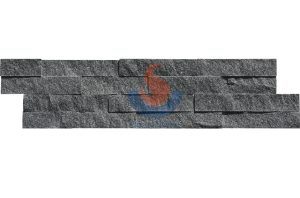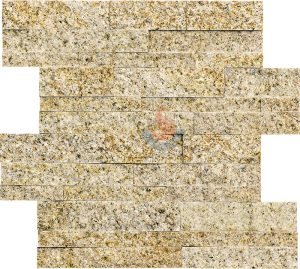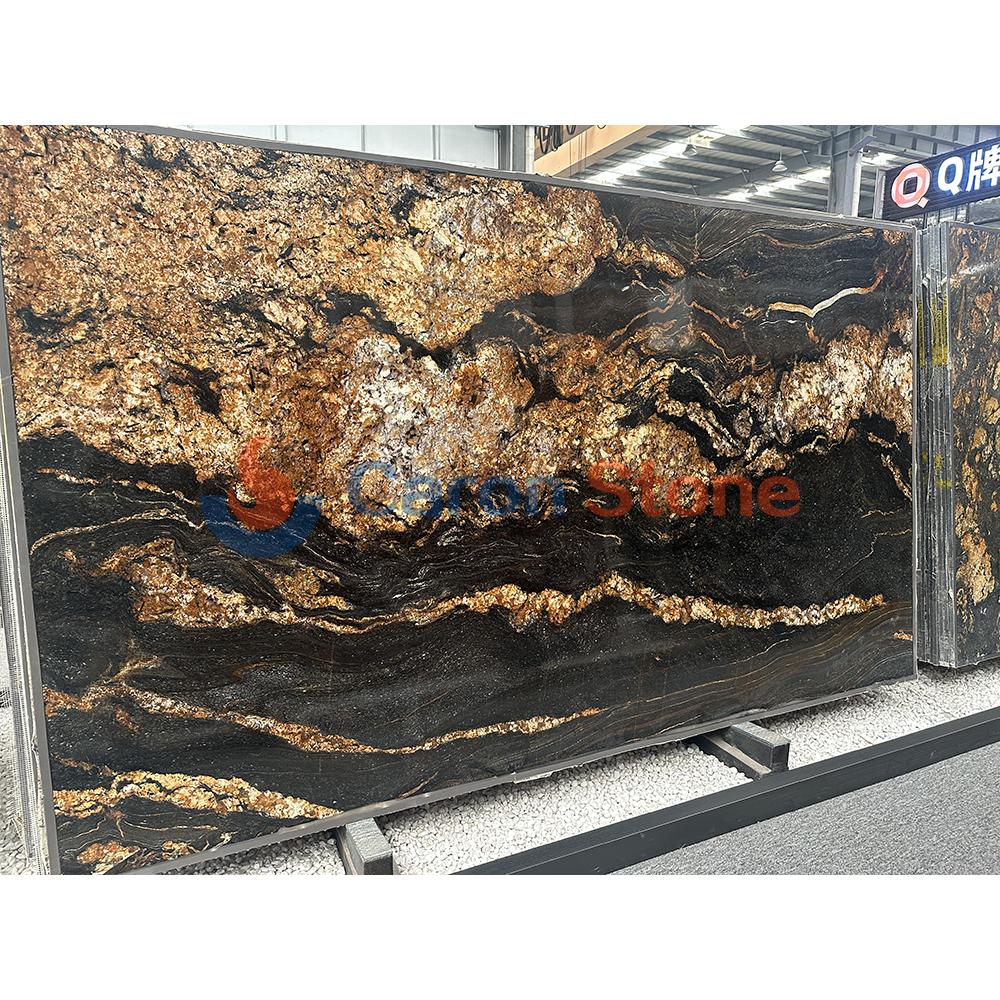Granite is widely used as a decorative material in modern homes and commercial spaces for its hard texture, elegant color, and natural texture. Granite is quite strong, but it still needs appropriate maintenance and cleaning to keep its beauty and utility. Sadly, several typical misunderstandings about granite care can lead to damage or loss of attractiveness for the stone. This article will explore these misconceptions and provide correct care and cleaning methods to help you maintain the natural beauty and durability of granite.

G654 Granite Splitted Culture Stone
The problem of misusing cleaning agents
When cleaning granite, it is a common misconception to misuse cleaning agents containing acidic or alkaline ingredients. These cleaners could affect the stone’s surface, darkening or damaging the color. To preserve the granite’s inherent brilliance, a neutral pH cleanser meant for natural stone is the right one.
The misconception of using metal cleaning tools
Cleaning granite with metal brushes or scrapers could harm its surface. Granite is susceptible to scratch and wear, thus its hardness is compared with that of metal instruments. Plastic or nylon brushes are among non-metal cleaning instruments that should be chosen to guarantee a mild and safe cleaning process.
Ignoring the Importance of Regular Waxing
Although some may believe waxing is pointless, frequent waxing protects granite from stains and moisture intrusion, therefore preserving its natural beauty and stain resistance.
Mistakes of Failing to Clean Spills Promptly
Ignorance of timely spill cleanup—especially for dark-colored or greasy spills—may result in lifetime discoloration. Early washing stops stains from seeping into the stone’s pores.
Direct Contact Risk: Hot Object
Placing hot pots or other hot objects directly on granite can cause thermal shock, damaging the surface of the stone or its seal. To separate hot objects and shield your granite counters, use a tripod or heat-insulating mat.
Ignoring the Value of Professional Cleaning Services
Professional cleaning services are required for challenging to remove stains or circumstances requiring a deep clean. Professionals have the tools and know-how needed to properly and safely polish the granite.
Effects of Improper Sealing
Granite’s resistance to stains and penetration may be compromised by improper sealer application or neglect of prescribed interval reseal. Maintaining granite’s stain resistance requires careful choice of sealer and consistent application.
Dangers of using ammonia-containing cleaners
Granite’s seal may be compromised and its stain resistance lowered by cleansers including ammonium. Choose cleansers made especially for granite instead of these ones.
Ignoring the importance of ventilation
Using chemical cleaners without enough ventilation runs the danger of causing hazardous vapours to build up, thereby endangering stone as well as health. Ensuring ventilation helps you and your surroundings stay free from chemical dangers.
Damage from improper daily use
In daily use, granite countertops are prone to scratches and chips from cutting or chopping activities if not properly protected. It is recommended to always use a cutting board or silicone mat to avoid direct contact between the knife blade and the stone surface, reducing damage and maintenance costs, and ensuring the beauty and durability of the countertop.

G682 granite Splitted Culture Stone
Granite maintenance and cleaning is a process that requires care and expertise. Granite’s inherent beauty and durability can be preserved and its life extended by knowing and avoiding common maintenance and cleaning hazards and by using the appropriate materials and techniques. Along with improving the appearance of your area, good upkeep will pay off over time. Remember, extending the lifetime of the granite and preserving its brilliance depend mostly on good maintenance and cleaning. With proper care, granite can become a lasting and beautiful part of your space.





